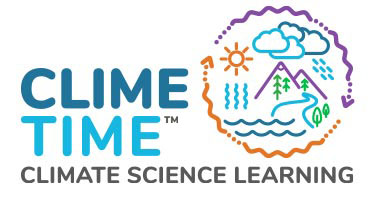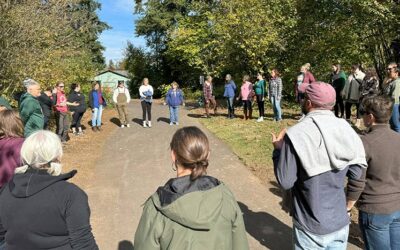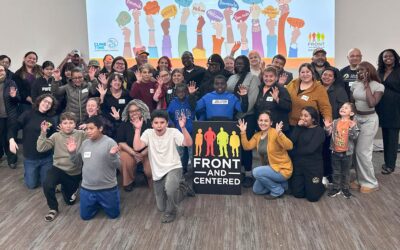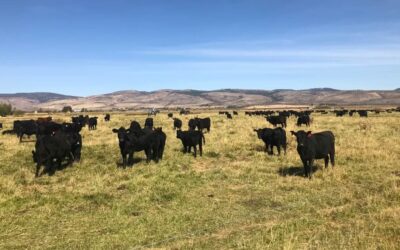How can trees be used to create positive impact in communities? This was the question at hand for a group of K-3 educators from Capitol Region ESD 113 this past winter as they explored Pacific Education Institute’s (PEI) Urban Forestry storyline. Tressa Arbow, PEI East Sound North, partnered with Lara Tukarski, PEI South Sound, to share this cohort-style professional learning experience, a six-part workshop series offering 15 STEM clock hours and implementation stipends for participating educators.
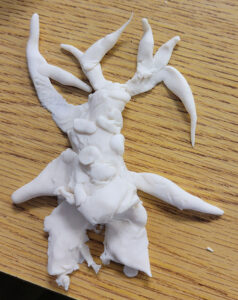
model designed by a student to learn about the parts of a tree (from classroom implementation).
The participants explored the role of trees in providing functional and emotional benefits to urban communities. They engaged with phenomenon-based design activities focused on the use of forests as climate-based engineering solutions to community problems such as human health, stormwater management, carbon sequestration, and energy consumption. They also considered ways in which these solutions can contribute to conditions of justice in urban communities and thought critically about grade-appropriate methods to facilitate this learning within their teaching practice.
Participants reported increased confidence in teaching Next Generation Science Standards (NGSS) climate science-related topics as well as implementing NGSS-based 3-dimensional learning. As part of their asynchronous work between sessions, they explored the intersection of climate, urban forestry, equity, Traditional Ecological Knowledge, and place-based learning. In reflecting on the experience of this workshop series, one participant shared “I am excited about using these standards and collaborative work in my developmental classroom. Having my students talk and work together on projects and taking time out of the day to slow down and observe was so valuable!”

Participants heard from Daria Gosztyla, the Urban Forestry Projects and Outreach Specialist from the WA Department of Natural Resources (DNR)
A unique highlight from this workshop series was the visit from Daria Gosztyla, the Urban Forestry Projects and Outreach Specialist from the WA Department of Natural Resources (DNR). Daria talked about her work as an urban forester, offering an introduction to forest anatomy and highlighting the definition of and types of people involved in urban forestry. She also detailed state-wide urban forest management strategies, described examples of community projects with which she has been involved, and shared helpful urban forestry-related resources for educators.
